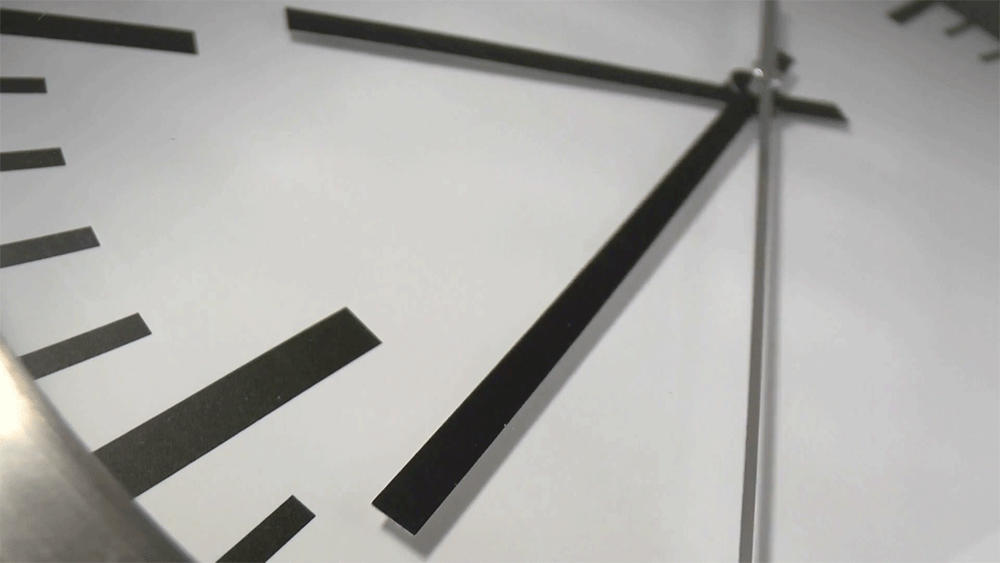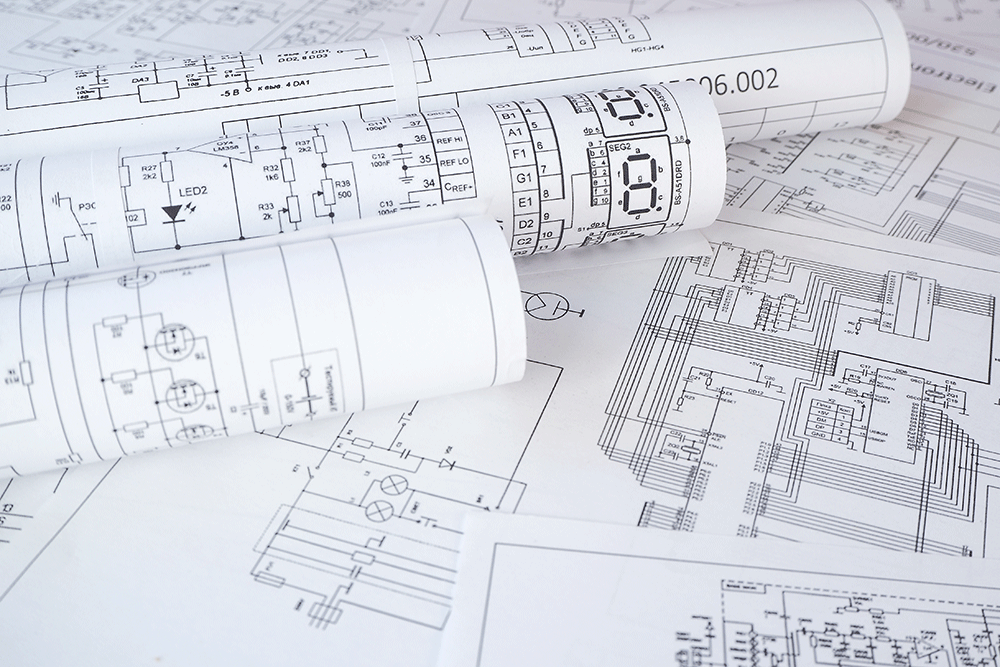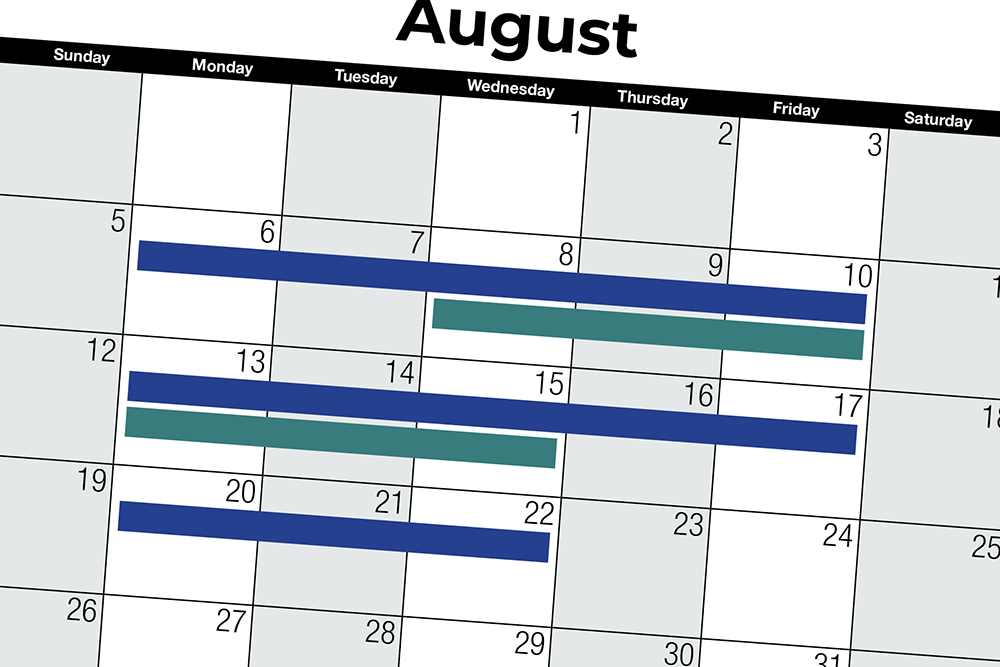
Getting your components delivered on time is vital to keeping your project on schedule. Any delays could lead to lost time and money thanks to crews and cranes sitting around waiting to be utilized.
So your ask is simple. You just want your transportation provider to guarantee they’ll be where you need them at the time you need them there. That’s not too much to ask, is it?
As a carrier that’s been in the transportation industry for nearly seven decades, we’ve seen a lot of people make empty promises — like guaranteed on-time delivery. Sure, carriers can say they’ll guarantee on-time delivery, but can they actually live up to their promise?
In this blog, we’ll define what on-time delivery is in the transportation industry, if it’s even possible and how you can help make it happen.
What Qualifies as On-Time Delivery?
Across the transportation industry, on-time delivery is widely considered to be within a four-hour window of the requested delivery time. When it comes to project freight — like wind energy or data center projects — on time usually means the truck driver is in a staging area at the predetermined time waiting to be called upon by the project site manager.
Four hours may seem like a large window of time to be considered “on time.” But that’s because there are so many factors that can lead to delays that are out of the driver’s hands, like traffic, weather or breakdowns.
Is Guaranteed On-Time Delivery Possible?
The short answer is yes.
A carrier can be so confident that their truck driver will arrive at their destination on time that they’re willing to guarantee it. That said, there are several variables that could lead to a broken promise.
If the following factors fall in place, you can feel very confident that your freight will arrive by the time you need it.

Provide Engineering Drawings of the Cargo
If you went through the design and manufacturing process, chances are really good you have exactly what your transportation provider needs.
By handing over your engineering drawings, that allows the carrier to run those dimensions — along with the planned trailing equipment — through computer-aided drafting (CAD) software.
That will allow them to ensure they use the correct trailer for proper weight distribution and determine the true loaded dimensions. Those dimensions are vital for planning the proper routes and acquiring the necessary permits.

Share Your True Production Schedules
Not only will this help your carrier know where their trucking equipment will be needed and when, but more importantly it’ll also help them know when to acquire the proper paperwork.
Permits and route surveys don’t last forever. So it’s important to purchase the permits at the right time and conduct the route surveys at the right time.
One thing to note about route surveys is their expiration dates are set by the carrier or third-party provider that conducts them. Here at ATS, we conduct route surveys within 90 days of when the shipment is scheduled to move.
That’s because routes can changes. Whether it’s damaged roads due to weather or general road construction — which is something we see a lot of here in Minnesota — a route survey can quickly become outdated.
The closer it can be conducted to when the cargo is set to move, the better. That’s where your production schedule can make a big difference.
Offer Up Your Site Plans
Much like providing your engineering drawings, site plans can help your transportation provider validate their equipment choices. They can confirm whether or not the equipment can get out of the pickup location and into the delivery destination.
After all, nobody wants to travel 2,000 miles just to find out their trailer won’t fit at your location. Site plans are a great way to ensure on-time delivery.
Work With Reputable Vendors
When you pick a transportation provider — or any other third-party vendor for that matter — reputation matters. Imagine all the things that could go wrong if you choose a vendor that doesn’t know what they’re doing.
Scary, right?
Now imagine working with vendors that know exactly what to do on a project site — especially a vendor that has experience working with you. They’ll understand your needs and preferences and can probably fix a problem before it ever happens.
Now that’s efficiency.
Provide Adequate Award Time
This comes down to being realistic. Conducting route and site surveys, acquiring permits and other pre-trip planning takes time. So it’s important that you allow enough time for the transportation provider to get that stuff done.
Depending on which lanes you’re using, the cargo dimensions and other factors, “adequate” may mean up to three months advance notice.
The best way to ensure you’re providing adequate award time is by involving transportation providers as early in the process as possible. That way, they know exactly what you’re expecting and they may even be able to help you plan accordingly.

Give a Firm Delivery Date
Adequate lead time and providing a firm delivery date can go hand-in-hand. This method takes a little less work on your end though, putting the planning burden on the transportation provider.
Instead of working your way forward, start from the delivery date and work your way backward.
What I mean is you should tell your transportation provider exactly when you need your components to arrive. Then, let them figure out when they need to acquire permits, conduct route surveys and when they need to pick up your components in order to deliver by your deadline.
Easy, right?
Communicate Every Step of the Way
This might be the most important part of ensuring on-time delivery. Engage everyone along the way, from vendors and shippers to site supervisors and project managers. Understand everyone’s goal. That way, you’re all on the same page.
Communicate clearly about everything. Yes, even when things go wrong. We’ve been in this business long enough to know it’s a lot easier to solve a problem when other people know the problem exists.
Can schedules be flexible? What time will crews be on site? What happens if production gets delayed? If you don’t know the answers to these questions, things can get out of hand quickly.
Everyone Plays a Part in Guaranteed On-Time Delivery
While there’s certainly nothing in life that’s guaranteed — especially in the transportation industry — getting your freight delivered on time can get close.
If you get transportation involved early in the planning process and aim to be as transparent as possible, communicate constantly and have a realistic timeframe, your chances of success are much greater.
Of course, there are factors out of your control, like weather, construction and breakdowns that could ruin on-time delivery. But if the group sticks to the plan, you can all but guarantee on-time delivery — depending on your comfort in using that word.



